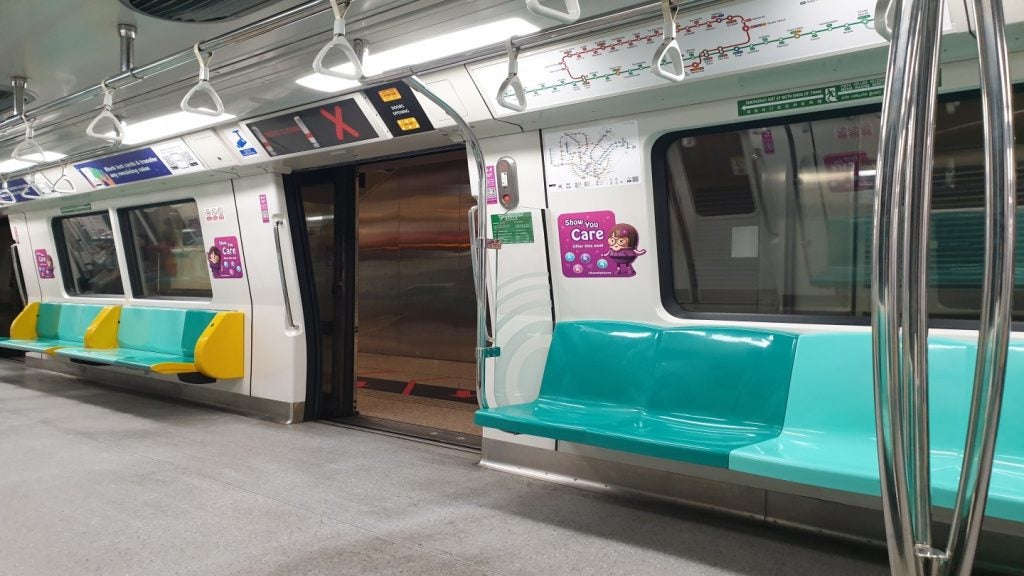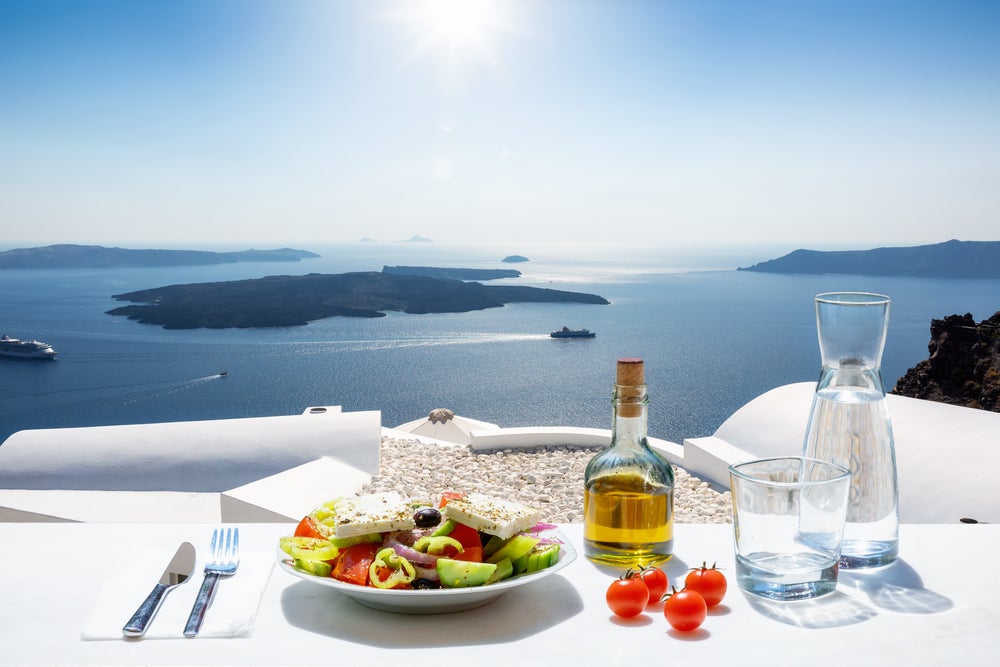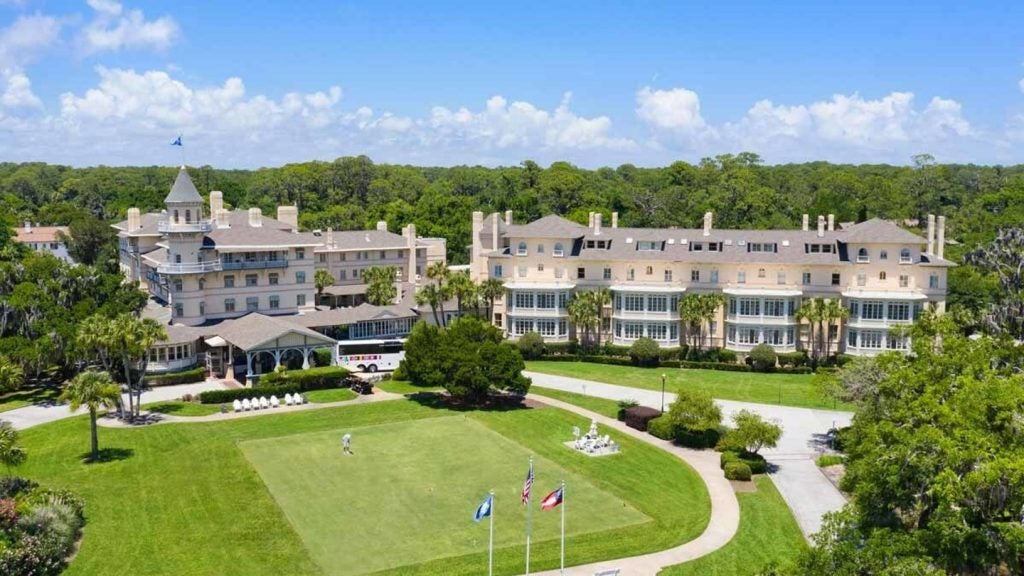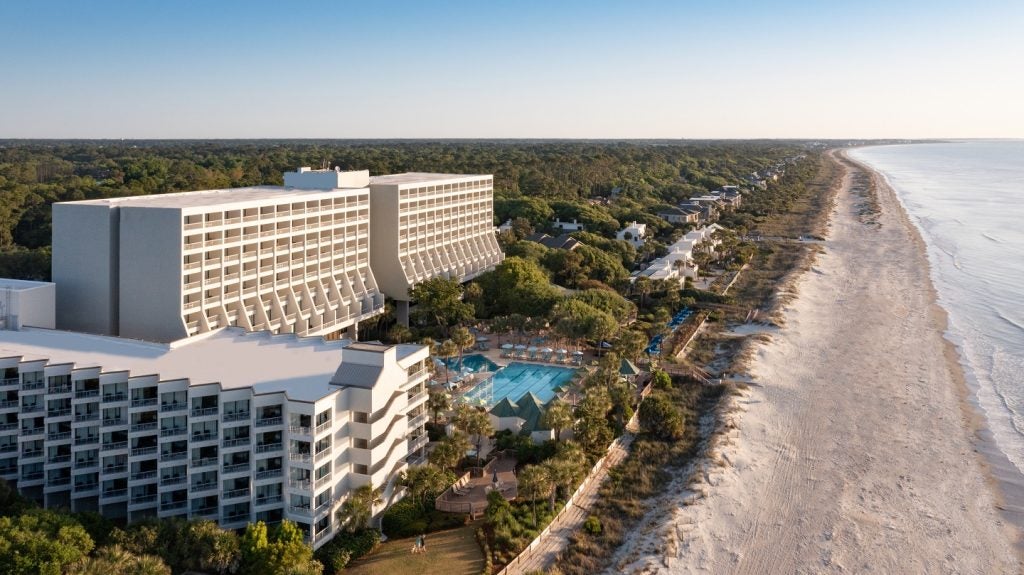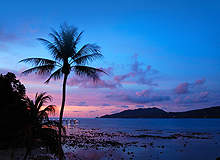
Any resort opening during a global economic crisis represents a substantial roll of the dice. Yet with China’s economy soaring past Japan’s to become the world’s second largest, and with gambling in Macau exemplifying a resilient economic sector, the Singapore government has decided that rolling dice may be just the ticket to boost the nation’s appeal as a tourist magnet.
The 2005 legalisation of integrated resorts and mixed-use complexes that include casinos among their attractions, not only signifies a cultural about-face but also offers an unprecedented opportunity to US architect / designer Michael Graves, FAIA, principal-in-charge and studio head Patrick Burke, AIA, and their colleagues: the chance to give the first such environment a different form of integration, the coherence of comprehensive design.
Resorts World Sentosa
At Resorts World Sentosa (RWS), Malaysia’s Genting Group is parlaying its success with Star Cruises and the original Resorts World in Genting Highlands into an ambitious new venture. With a $4.32bn investment, Genting will bring this long-neglected island an unusual mix of attractions, including six hotels, the world’s largest oceanarium, a luxurious spa, beach-front villas, entertainment venues and upmarket retail outlets.
The Crockfords Tower casino, inheriting a name well recognised in London, is expected to provide much of the complex’s economic engine. A neighbouring Universal Studios theme park offers more than 20 rides and attractions. The first phase of RWS, including four hotels, opened early in 2010, with a full rollout scheduled for 2012.
With the chance to put their signature on practically every aspect of the project, from the master plan and buildings to furnishings, flatware and typography, the paired Graves firms (Michael Graves and Associates, architecture and planning; Michael Graves Design Group, products, graphics and branding) are able to realise their philosophy of “design for all… making the ordinary extraordinary” on their largest canvas yet. Most of the general public will find RWS unaffordable, but for those able to visit, the scope, diversity and consistency of Graves’ and Burke’s achievement will be memorable.
RWS moves into an historical and cultural space where the very idea of a world-class resort strikes some as a surprise. The island had a dodgy reputation: a site of rampant piracy and a mysterious mid-19th-century plague, later used as a malaria research station and a World War II-era Japanese military prison. It’s even believed to be haunted – it carried the Malay name Pulau Blakang Mati, by one translation “island of death from behind”.
How well do you really know your competitors?
Access the most comprehensive Company Profiles on the market, powered by GlobalData. Save hours of research. Gain competitive edge.

Thank you!
Your download email will arrive shortly
Not ready to buy yet? Download a free sample
We are confident about the unique quality of our Company Profiles. However, we want you to make the most beneficial decision for your business, so we offer a free sample that you can download by submitting the below form
By GlobalDataA Singapore Tourist Promotion Board contest renamed it Sentosa, Malay for “peace and tranquillity” in 1972, but locals jest the name is really an acronym for ‘So expensive; nothing to see, also’. However, the joke overlooks Sentosa’s rainforest flora and fauna, verdant hills, and vistas of Keppel Harbour.
Singapore’s pleasure principle
The Singapore that arose under Prime Minister Lee Kuan Yew after achieving independence in 1965 performed miracles of urban renewal that, in some respects, anticipated processes now at work in China’s cities, but its global image became disproportionately identified with harsh sanctions for minor offences such as chewing gum or schoolboy vandalism.
The next phase in Singapore’s development, launched in 1991, involved a wholesale renaturing, a rediscovery of the island’s physicality: beaches, greening, outdoor recreation and the relentless pursuit of leisure. RWS is a logical outgrowth of this philosophy and embodies its inherent tensions, particularly the divergent aims of what Graves identifies as two clients, the developer and the city-state.
Seeing the attractions of the Disney, eco-park and Las Vegas models of the resort experience, the government appears to have wanted it three ways: outward family-friendliness amid tropical flora and materials, but also a lucrative appeal to high-rolling gamblers.
“The casino occupies only 3-5% of the entire 49-hectare resort,” reports Noel Hawkes, RWS vice president for resort operations. The casino will generate 10,000 jobs and 35,000 indirect hires, with 13 million visitors forecast for the first year of operations.
Nevertheless, the special measures taken to include the casino imply its critical role.
Within the Crockfords Tower, the casino is underground and designed to appeal to seasoned gamblers – red and gold, considered lucky colours, predominate; each private suite looks unique and visitors considering a room lucky or unlucky can either return to it or avoid it.
Prominent components of the 11-storey, circular-plan building include elegant decor, a double-height arched lobby, a multiple-arched casino entrance with extensive advertising signage, and recurrent elliptical or parabolic curves in both interior and exterior.
Sentosa life in a hot climate
Graves and Burke wanted a distinct sense of place – and earned a strong sustainability rating, the GoldPlus certification under the Green Mark system of Singapore’s Building & Construction Authority – but they also needed to provide comfort for the visitors in a muggy equatorial climate.
The solutions involve water recycling, the nation’s largest assemblages of green roofs and solar panels, high-efficiency Etha Engineering / Prima Research outdoor eco-coolers rather than conventional aircon, and pedestrian pathways shaded with canopies of lightweight, flexible ethylene tetrafluoroethylene (ETFE).
“It’s a pillow that opens and closes, like polarised sunglasses,” Burke notes, “to cut out the light or let more light through; it works with the intensity of the sun, so you give people shade or immunity.”
With a village-like ambience and a repeated multi-arch roofing motif, RWS meshes with its locale. Along with blurring borders between the natural and the engineered, the architects were particularly crafty in working within the site’s spatial constraints.
Property values on Sentosa are high, and governmentally enforced gross floor-area limits tight; the entire complex will squeeze some 1,800 hotel rooms, a 7,300-capacity grand ballroom, the Marine Life Park and Maritime Xperiential Museum, and other features into a space a fraction of the size of Hong Kong Disneyland, let alone a comparable American park.
“One of the tricks,” says Graves, “was how to do an interesting guest room that made a statement, but do it with a very small footprint.”
In the boutique Hotel Michael, Burke says, “we had to come up with ways of building the closets around the bed; [the client] kept reminding us that people in south-east Asia don’t travel with much stuff because it’s so warm.”
Rooms in the exuberantly coloured, family-oriented Festive Hotel separate parental and children’s sleeping areas with arched chambers, lofts and pull-out sofas, expanding the subjective sense of space with bright, orchid-themed murals. Conserving private-room space helps each hotel assign more volume, and theatrical impact, to public spaces: lobbies, rotundas, restaurants, bars and shops.
The Hotel Michael is a laboratory for Graves’s personal aesthetic on a scale larger than boutique standards (470 rooms), but the singular vision isn’t overbearing or hermetically sealed; RWS includes other noted artists’ work, including a gallery of Dale Chihuly glass sculpture in the Crockfords and a modernist furniture mélange in one nightclub.
RWS: mainstream appeal with sophistication
The different hotels – eventually to include the rustic Equarius next to the Marine Life Park and a small, exclusive Beach Hotel near the ultra-luxury ESPA spa / sanctuary when the western zone of RWS is complete – play wide variations on the common themes of stimulation and relaxation.
Graves, Burke and associates have arranged all this diversity to appear harmonious rather than clamorous. In less skilful hands, one suspects that a something-for-everyone environment such as RWS would have steered toward the lowest common denominator.
With the adjacent theme park offering ‘Hollywooden’ entertainment on an ample-to-overwhelming scale, and the pervasive governance precluding the urban grit and strangeness so often inseparable from charm, Sentosa could have become the next Orlando, a goal not everyone would find worthwhile. The Graves’ firms are among the few in the world who can blend mainstream appeal with sophistication, to the benefit of both.



